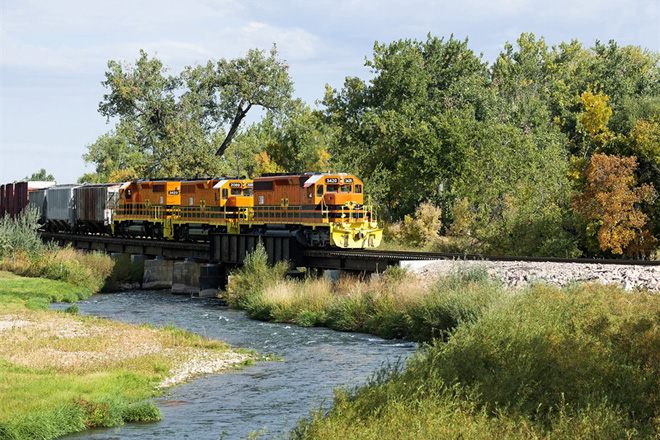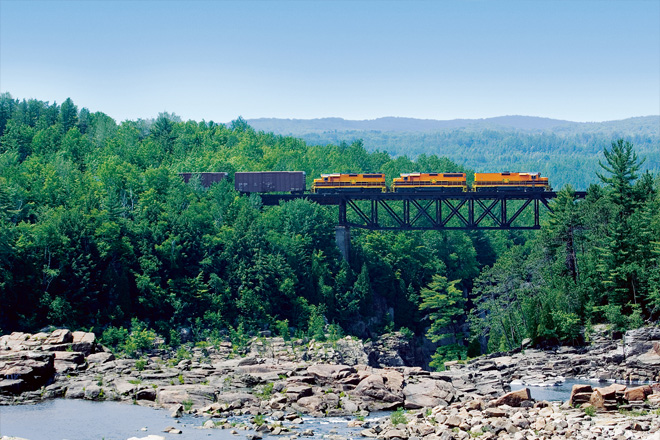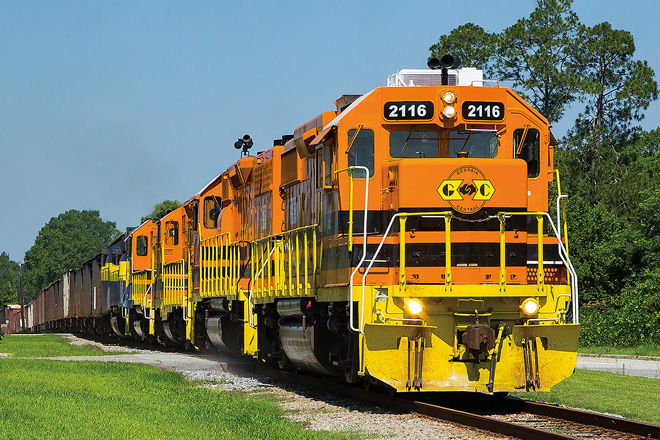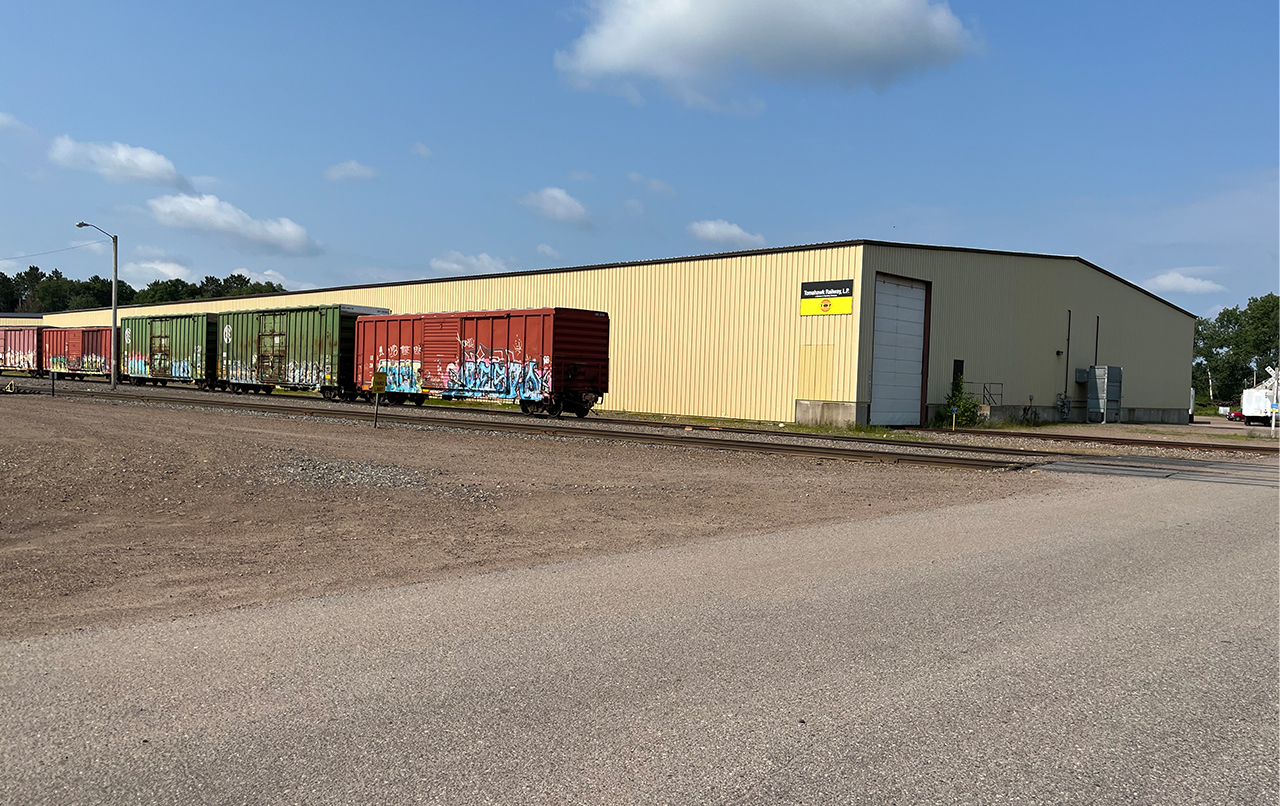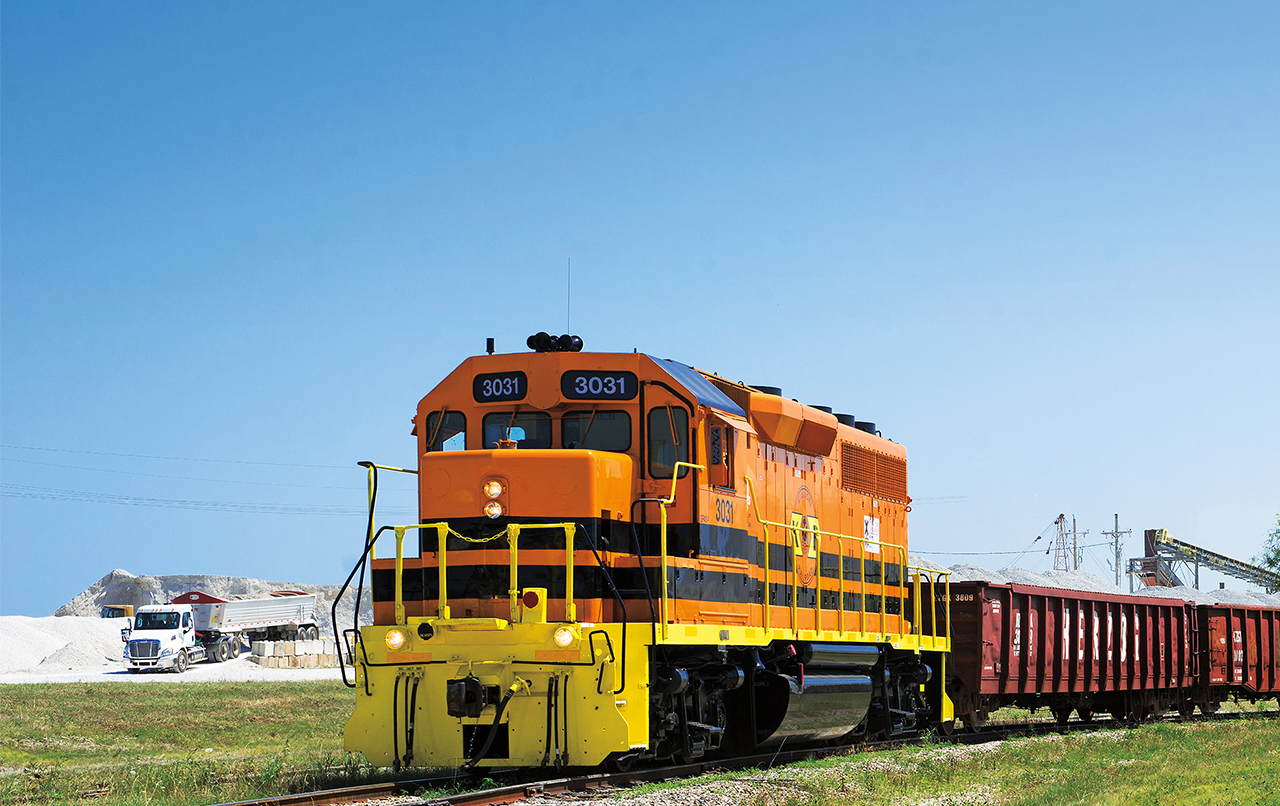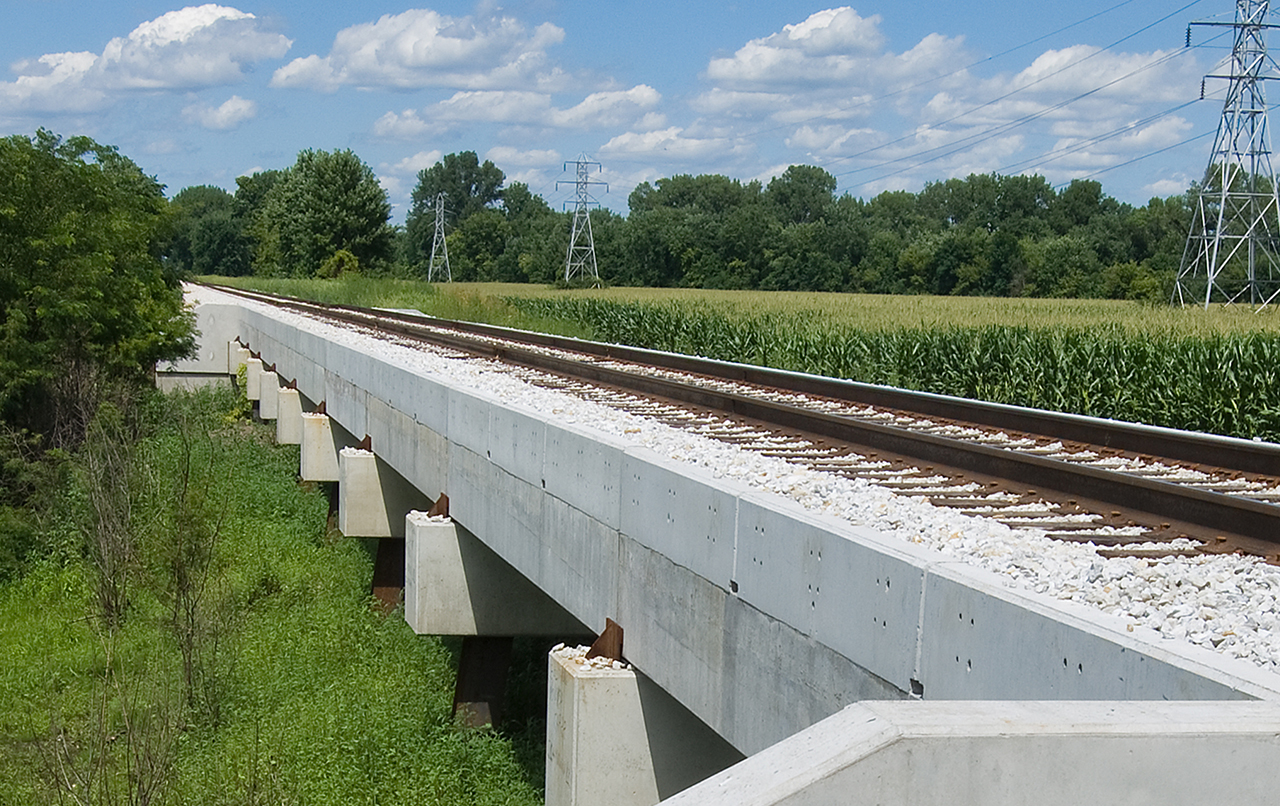Through these initiatives, G&W will achieve our ambitious science-based GHG reduction target.

Increase fuel efficiency through carbon-reduction technologies
Across our fleet, we are investing in fuel-saving technologies, including:
- Automatic Engine Start/Stop (AESS) systems
- Auxiliary Power Units (APUs)
- Fuel sensors
We estimate annual reductions of 2,500 metric tons of GHG emissions (CO₂e) from the installation and implementation of AESS technology on over 13% of our fleet.
We estimate annual reductions of 8,500 metric tons of GHG emissions (CO₂e) from the implementation of APUs on almost 26% of our fleet.
We are also harnessing the power of real-time data with the installation of fuel sensors on our trains — ensuring that our locomotives are performing at their highest efficiency by reporting the fuel efficiency for each locomotive and flagging outliers. We are currently testing two different types of fuel sensors, and we anticipate that sensors will be fully deployed in our locomotive fleet over the next five years.
We have also developed fuel conservation policies covering a range of activities for reducing diesel usage. These policies were built for our conductors and engineers and emphasize best practices such as shutting locomotives down, using dynamic braking, and properly maintaining the engine.

Invest in new, more fuel-efficient locomotives
To achieve our climate goals, we will need to continue to upgrade and enhance our fleet. Over the last five years, approximately 11% of our North American fleet has been replaced, overhauled, modified, or upgraded − contributing to an estimated 3-5% fuel savings annually.
We are making the largest impact in curbing our GHG emissions through annual investment in more fuel efficient locomotives.
Between 2021 and 2025, we plan to purchase more fuel-efficient locomotives and retire less efficient engines across our operations, with a goal of saving an estimated 20,000 metric tons of GHG emissions (CO₂e) annually.

Advance the zero-emissions fleet of the future
We know the transportation sector plays a critical role in our nation’s decarbonization strategy and cross-sector collaboration will be essential to support the transition to zero-emissions railroads.
G&W is collaborating with leaders in technology, academia, and rail on numerous initiatives to achieve our desired goals: reduce our carbon emissions, convert more shipments to rail, and increase the efficiency of the North American rail network.

